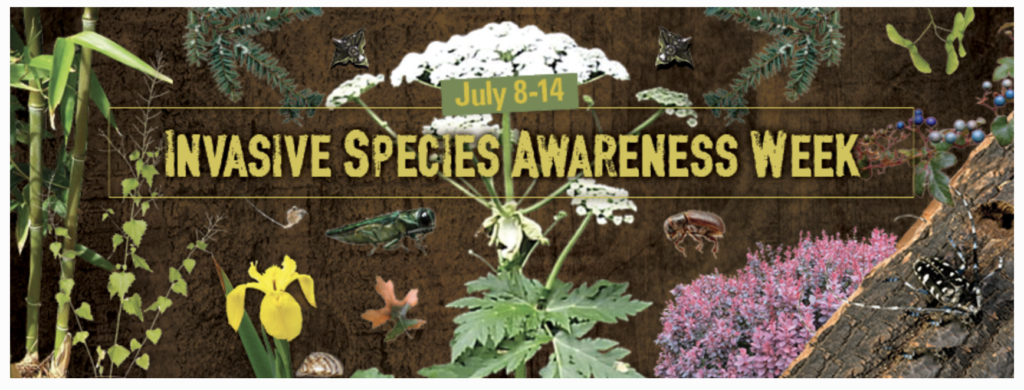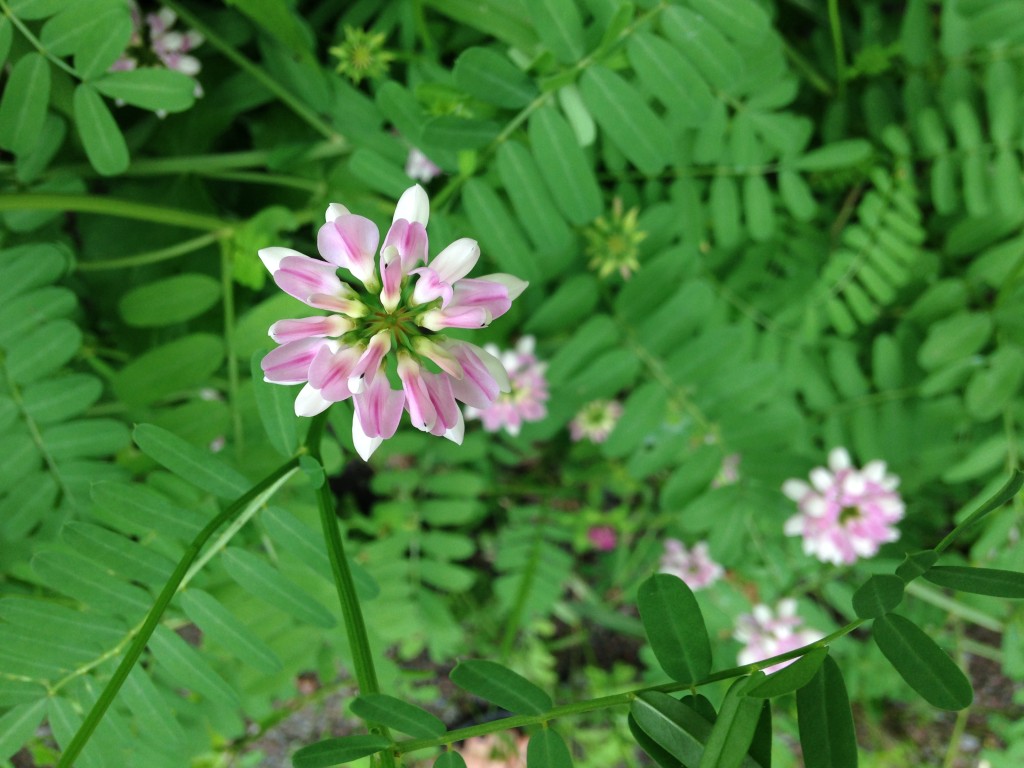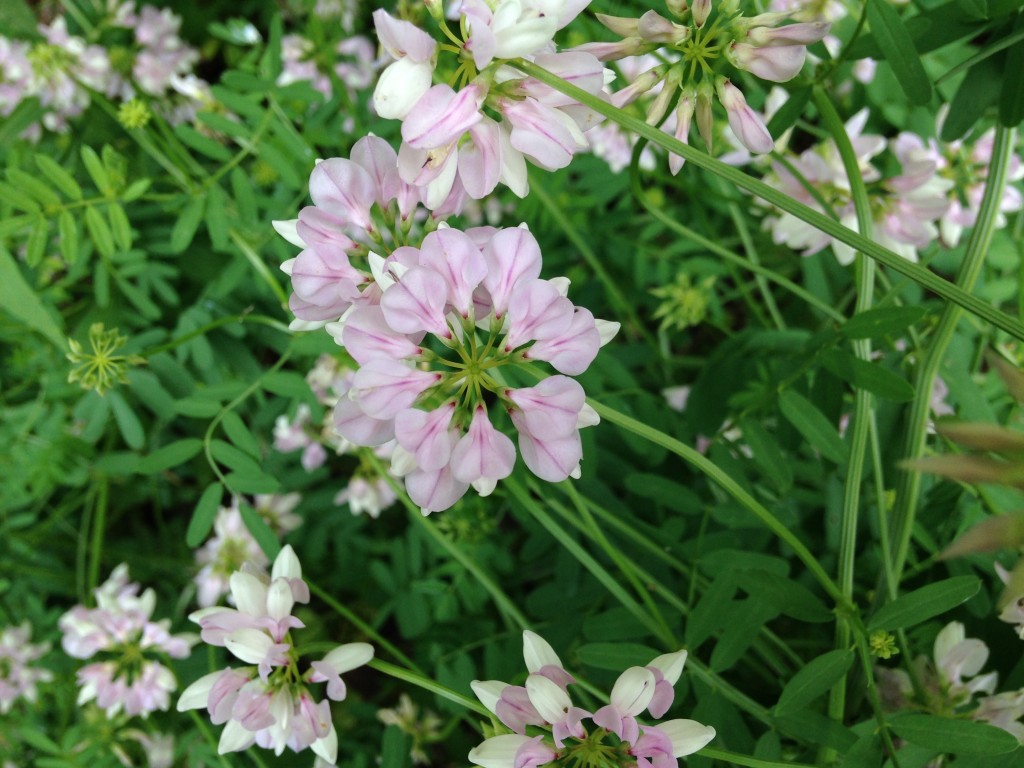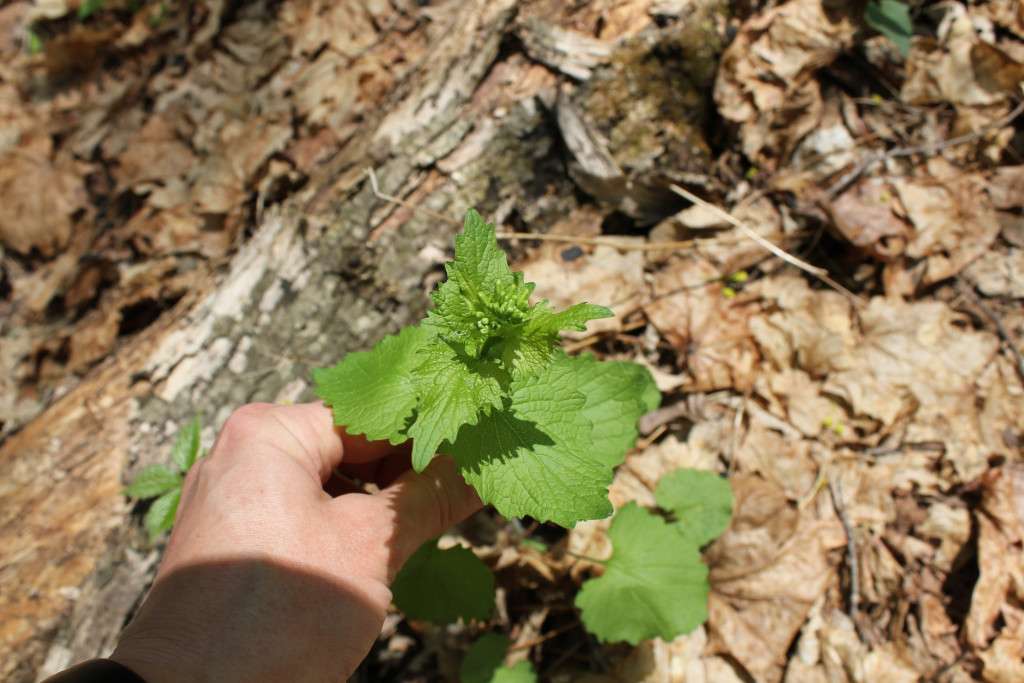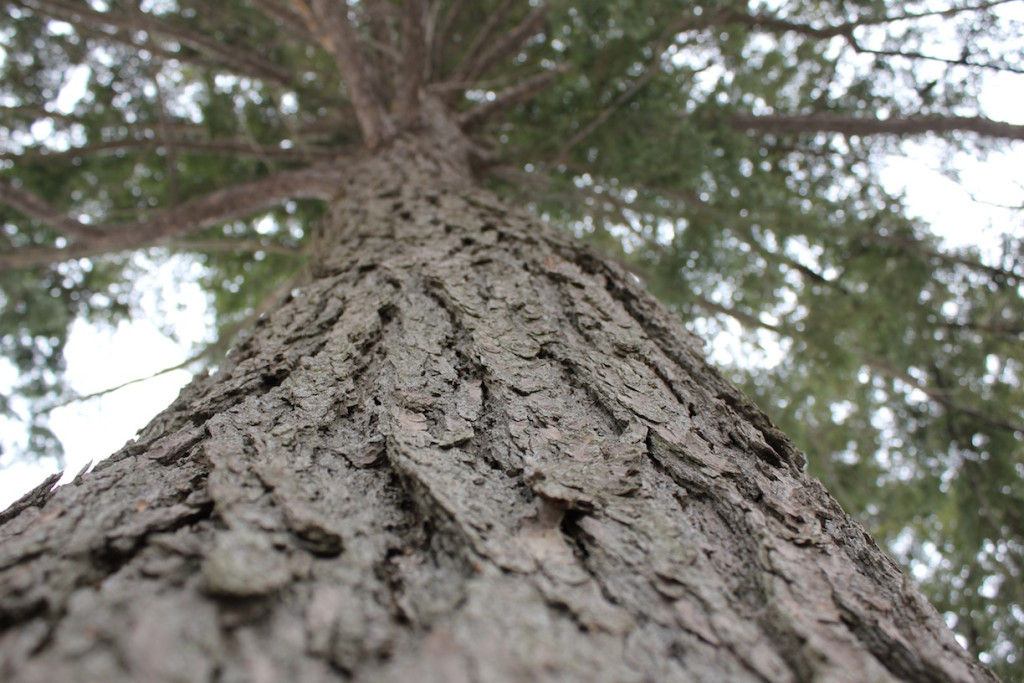As if we didn’t have enough to worry about, the US Northeast now has the Spotted Lanternfly from Asia on the march from Pennsylvania after its discovery in 2014. As reported by the Catskill Center, it has been spotted as close as Albany and Yates County. The fly is easily distinguished by its colorful wings and it feasts on grape vines and hardwood trees like oak, maple, apple, walnut and cherry. By eating these trees, the render the plant or tree vulnerable to other insects.
The DEC urges people to report sightings of the fly or eggs to spottedlanternfly@dec.ny.gov. This fly is unique because it only flies short distances; it’s primarily transported by human activity. It lays its eggs on vehicles, rusting metal, stone and firewood so they are very easily moved long distances on vehicles like long-haul trucks. It’s egg masses are brownish-gray, waxy and mud-like, resembling taupe putty when new. Old eggs masses are brown and scaly.
Signs of an SLF infestation may include:
Sap oozing or weeping from open wounds on tree trunks, which appear wet and give off fermented odors.
Massive honeydew build-up under plants, sometimes with black sooty mold developing.
